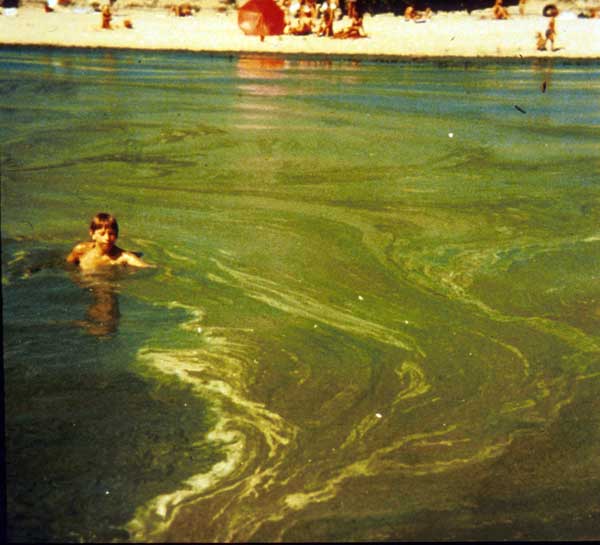


There are several things that can cause the growth of HAB. Common causes are nutrient enrichment and warm waters. Nutrient enrichment of water (phosphates and nitrogen) is often the result of pollution from dirty sources. Warm water temperature has also been related to the growth of algal blooms.



Although we as humans are not 100% responsible for HAB's, there are still things we can do to prevent the horrid distribution of them. The Department of Environmental Quality and the Department of Health, including the Division of Shellfish Sanitation, are working together to regularly monitor the water and shellfish growing areas for the presence of HAB's and are also conducting surveillance for any human health effects.
as of today, 2013 there are currently 85 toxic micro algal species that have been documented.Of these 85, 37 are currently thriving in Gulf of Mexico waters.
NOT SO FUN FACT ABOUT HARMFUL ALGAE BLOOMS: Algae blooms are capable of producing various illnesses such as Ciguartera Fish Poisoning, Diarrhetic Shellfish Poisoning, and Neurotic Shellfish Poisoning. All of these nasty illnesses have very eerie, nasty symptoms such as vomiting, diarrhea, and serious abdominal pain. These illnesses can be transferred from various types of seafood that might have been in contact with the algae including shrimp, lobster, and various fish. Be sure to check where your seafood came from before consuming it!
No comments:
Post a Comment